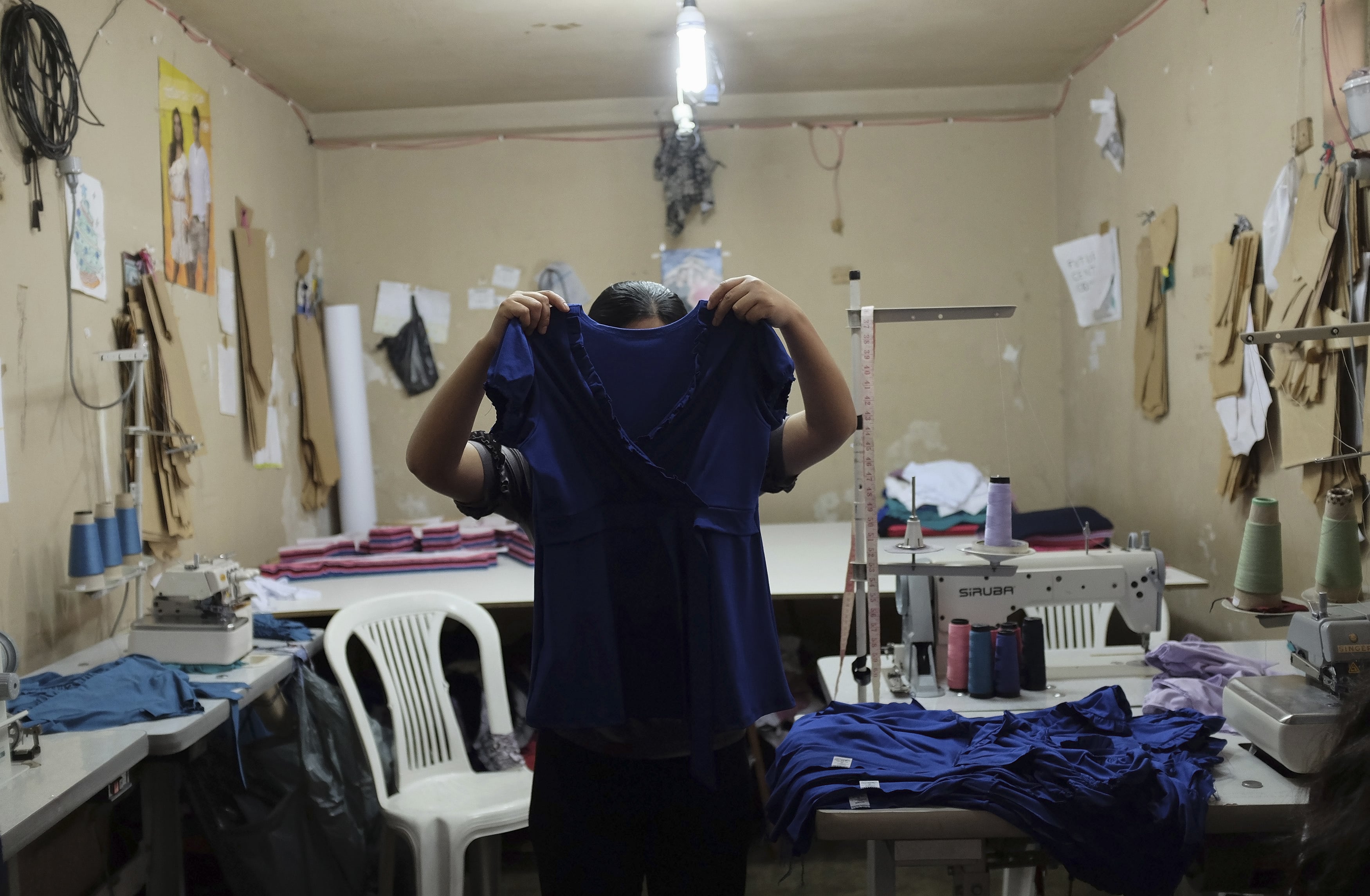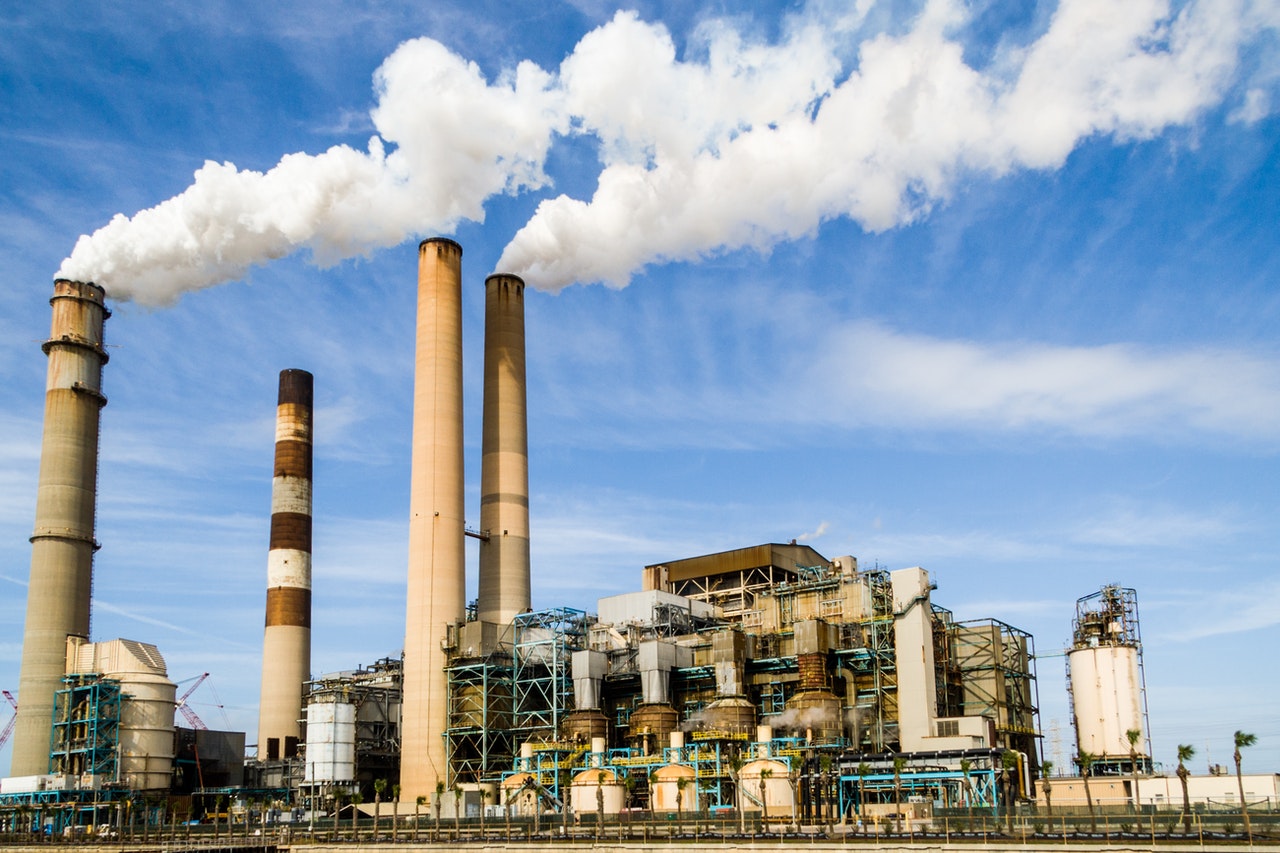The dark side of fast fashion

A few minutes every morning is all you need.
Stay up to date on the world's Headlines and Human Stories. It's fun, it's factual, it's fluff-free.
Being proud millennials, we have seen a lot of fashion trends come and go in our time on this planet. Among these trends, we have also witnessed a fundamental change in how we as fashion consumers access them. Growing up in the 90s, the method went something like this – we see trendy clothing in catalogs and fashion magazines; then, we go to the mall for the closest approximation of these coveted items or order them directly (which meant waiting around two weeks for the newest styles to arrive).
Things are very different now, and they’ve changed especially in the last 10 years. With the rise of Amazon, Walmart, Target and ubiquitous online retailers (some of which also have brick and mortar stores, like Forever 21), accessing trendy, fashionable clothing is easier and quicker than ever. This quick access is also known as “fast fashion.” While it’s good to be young and able to afford fashionable clothing, this convenience comes with a dark side. There is an adage that nothing easy to get is worth having, and when you learn more about the downside of this booming industry, you may agree. We’ve got the scoop on the dark side of fast fashion.
What is fast fashion?

It’s called “fast” because of the literal speed at which the clothes of fast fashion are manufactured and then made available to consumers. Beginning in the late 1990s and the early 2000s, retailers like H&M, J.Crew, Gap, Forever 21, Top Shop and others became known for the rapid turnaround for new styles hitting their shelves.
The term was first coined in the early 1990s to refer to Zara’s fast production model which saw designs in stores within two weeks. This reduction in production time coincided with advances in supply chain management in the fashion retail sector. These advances aligned with the industry goal of producing clothing in a cost-efficient manner that responded quickly to changing consumer demands. In this vein, shoppers could see runway look-alike fashions at discount prices.
Increasing profitability is the driving force behind the move to a fast fashion business model within the clothing industry, and this evolution has reaped big profits for the retail world. Consumers are attracted to runway trends and low prices, and, in turn, industry heavyweights have reaped the benefits with fast fashion brands seeing around US$36 billion (HK$279 billion) in sales just last year in the United States.
The business is largely data-driven, and to achieve maximum profitability, companies have learned along their fast fashion journeys. Now it is common for retailers to diligently observe how fast items are selling – and if they aren’t selling, clearing out items as rapidly as possible through markdowns. This keeps the inventory moving quickly, which is the hallmark of this entire movement.
The human impact

One dark side of fast fashion is the way that it is produced, from sourcing materials to methods of manufacturing. Workers have been exploited for much of human history, but the gross negligence involved in worker exploitation became widely known during the Industrial Revolution.
Unfortunately, working wages and conditions are still walking the line of human rights abuses in many places – and the fast fashion industry has taken advantage of these conditions to ensure their garments are produced as cheaply as possible. This is often accomplished by exploiting low-paid workers and unsafe working conditions.
In Bangladesh in 2013, the world saw the largest garment-industry-related accident in history when the collapse of the Rana Plaza Dhaka Garment Factory. This plaza was home to fast fashion brands including Mango, Benetton and Auchan. More than 1,100 people were killed in the tragedy. Seven years after this event, the minimum wage in Bangladesh is still only US$68 (HK$527) per month.
The environmental impact

Along with the negative human impact that comes with fast fashion, there is a massive environmental toll wrought by the industry as well. This harsh toll on the environment comes via two of the industry’s main byproducts – polyester pollution and the general waste that stems from the overproduction of used and unused garments.
Microfibers of plastic are polluting our waterways. After these microparticle pollutants are introduced into our ecosystem, they eventually accumulate in our natural world in the form of polluted rivers, lakes and oceans as well as chemically accumulating in the biological systems of aquatic animals – which often then go on to be ingested by humans and other animals. In this way, the pollutants from clothing end up poisoning the food chain. According to some research, microfibers could make up 85% of human-made debris along the world’s shores.
In the race to churn out as many garments as possible to keep up with consumer trends and desires, many of these retailers produce huge quantities of clothing. The clothing industry at large currently accounts for around 8.1% of global greenhouse gas emissions. At its current growth rate, the industry is set to be manufacturing more than 100 million tons of product by 2030. Currently, Zara is producing around 840 million garments per year alone.
With this mass production comes more greenhouse gases, more pollutants from the manufacturing process and more waste as consumers discard unwanted clothing into trash and landfills, while companies also contribute to this waste when discarding unsold products.
What can you do to change things?
One obvious way to make a difference in the industry’s footprint is to seek out sustainably produced clothing. By researching the companies you buy from, you can consciously choose retailers with smaller ecological footprints that also make efforts to support workers with livable wages and healthy working conditions.
Also, consider how much clothing you probably already have. Fast fashion has made it easy for us to buy plenty of clothes that we might only wear once, clogging up our closets, and eventually landfills if we aren’t able to rehome these older pieces. Rather than buying trends that may be “so out” in a few months, it’s wise to focus on quality, basic pieces that are versatile and will last longer.
Another effective way to curb the power of this industry is by purchasing resale clothing. The market for resale clothing is growing exponentially, especially with innovative online sellers like ThredUp and Poshmark. Used retail is set to be a US$64 billion dollar (HK$496 billion) market by 2028. This presents a real threat to the fast fashion heavy hitters. If consumers continue to choose used fashion, then they can reduce the overall demand and power of the fast fashion industry as well as the pollution and exploitation that come with it.
Though it seemed a great way to sport trendy clothing quickly, the dark side of fast fashion makes it difficult in good conscience to support these companies. Between their mistreatment of workers to the pollution from the industry’s manufacturing – investing in fast fashion is an unattractive option for most mindful consumers.
Fortunately, the market has responded to these issues. More and more smaller companies are innovating ways to bring fashionable clothes to the market that are produced ethically and sustainably. You can also keep waste out of landfills and reduce demand for “fast” new fashions by buying used. So the next time you are thinking about throwing some cash the way of fast fashion, consider the fashionable alternatives that just might make you feel better about your consumer impact. Besides, what’s more fun than a thrifting adventure that saves you money while giving you a unique style all in one go?
Have a tip or story? Get in touch with our reporters at tips@themilsource.com




Comments ()